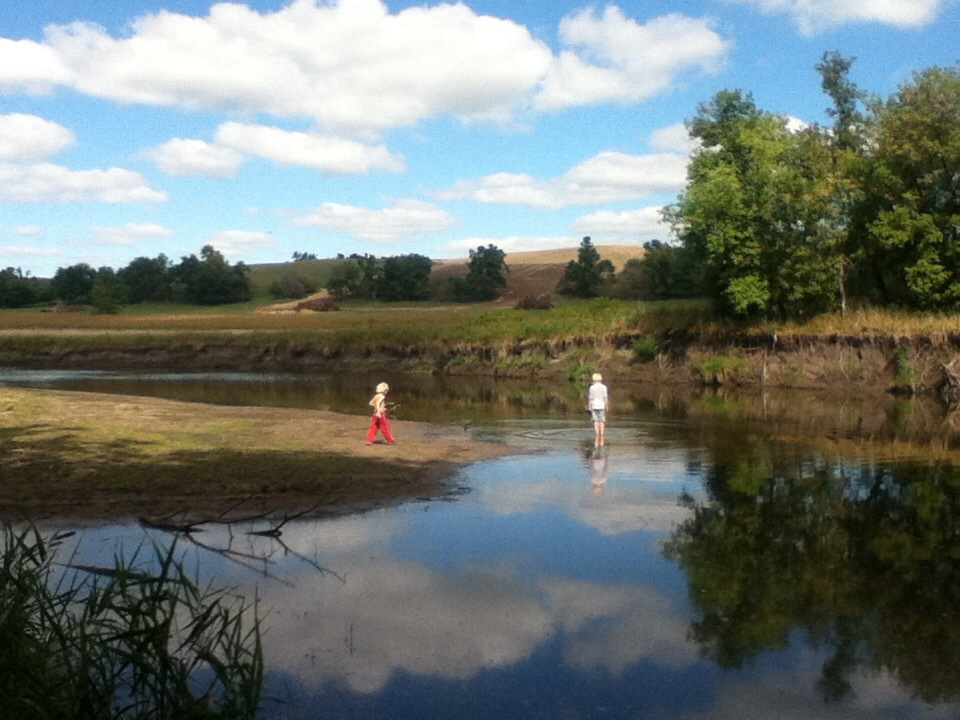
Nature study can be an invaluable part of a child’s homeschooling. Most parents know that kids enjoy nature study, but many don’t realize the many ways it’s vital for the best possible education.
Here are ten reasons that nature study should be a major component of every homeschool.
- It’s an easy way to teach science. Children will quite easily learn scientific fields like biology, geology and even chemistry by observing and experimenting with nature.
- It lays the foundation for higher learning. The more that children learn about the natural world, the more easily they will understand sophisticated scientific concepts later. When a child has created her own terrarium, for instance, she can quite easily understand concepts such as transpiration and ecosystems.
- It gets the kids outside. We all know that children benefit from time in nature. It gives the entire family access to exercise, fresh air, sunlight and the mood-lifting benefits of time outside. Time in green spaces has even been found to reduce ADHD symptoms, and nature studies are a wonderful way to make that part of your homeschool routine.
- It can be done anywhere. You don’t have to live in the country to do nature studies. We all have weather. We all have access to plants, birds and insects. Nature studies can be done on rooftops and windowsills, in good weather and in bad, on sidewalks and empty lots and community gardens.
- It’s free. You have an endless supply of absolutely free educational materials right outside your doorstep or window. Kids can observe and interact with everything from ants to weeds to snowflakes without costing you a cent.
- It can help put the fun back into learning. Children may be bored by worksheets and textbooks but they will almost always get excited about the same subject if they get to participate in a hands-on way.
- It works in other subjects. Kids practice handwriting and spelling while writing in nature journals. They use math while figuring out times, temperatures and growth rates (even by telling the temperature by cricket chirps!). They can even study history with nature studies through activities like planting a Native American “three sisters” garden, identifying fossils, or using natural materials to make tools and toys from the pioneer days.
- It gives children a sense of stewardship for the earth. Nature study helps children understand and appreciate our role in taking care of our environment. They see firsthand how our actions influence the plants, animals, birds, water and world around us.
- It develops critical thinking skills. When engaging in nature studies, children are not simply memorizing or passively learning. They are able to make connections and see science at work in ways that allow them to learn firsthand and become true scientists themselves.
- Children find it magical. It’s one thing to read about the life cycle of a frog, but it’s quite another to go out and catch tadpoles. Activities like raising butterflies, collecting rocks, growing gardens, catching fireflies, starting nature journals and making snow candy are activities that give children a lifelong connection to nature — and make some pretty wonderful memories along the way.
Remember, nature studies don’t have to be formal or complicated. You can start by simply committing to spending time outside for a half hour a day together — taking a walk, examining the parts of a wildflower, starting a backyard bird log, comparing roots on two kinds of weeds pulled from the garden…. Follow your child’s lead and the rest is easy.
***
This article originally appeared on examiner.com.




